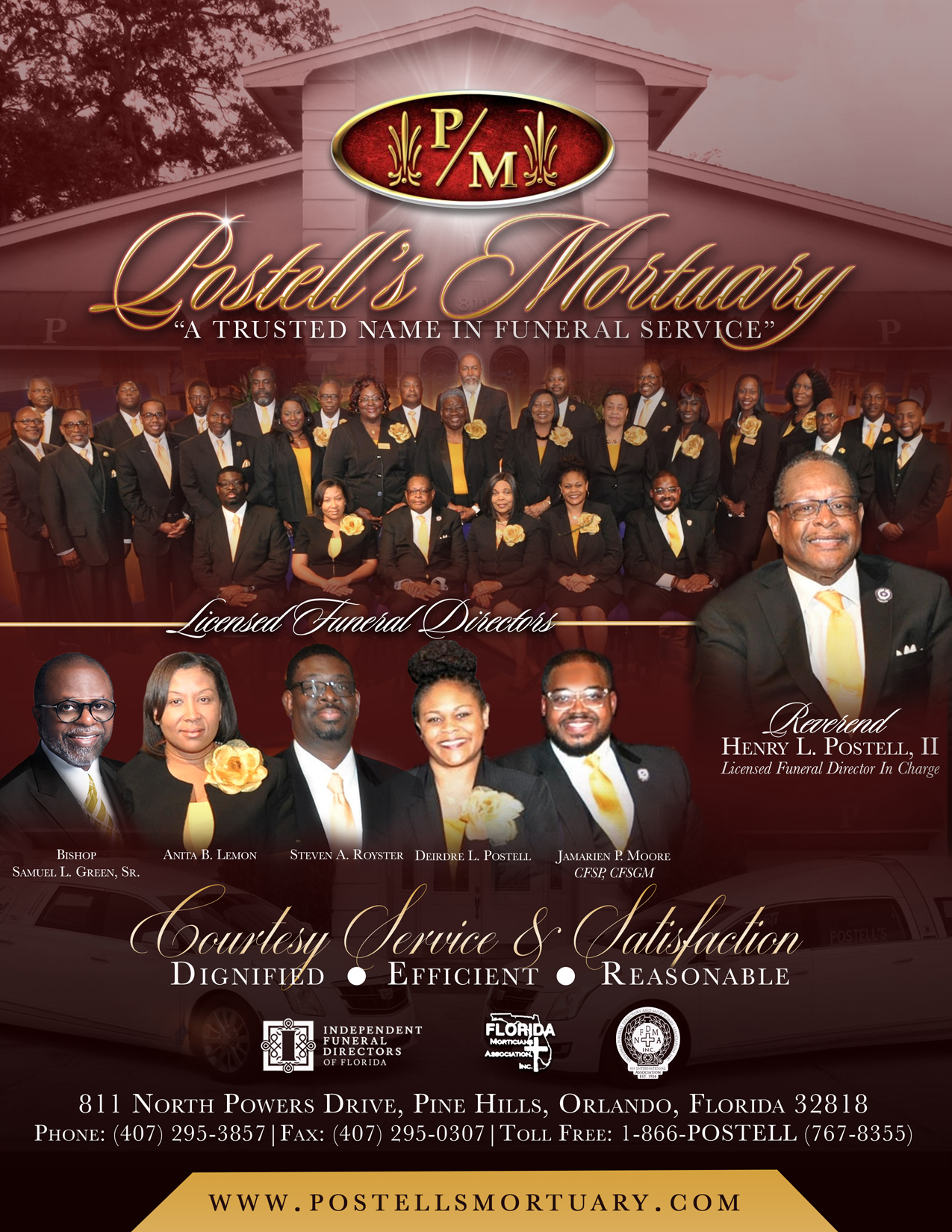Chris with National Cremation in Oviedo made a very difficult time so much easier! Very genuine and caring. Funeral expenses were reasonable compared to others in the area. We were so grateful for Chris's knowledge and assistance with this difficult process. Everything went smoothly and with Chis's assistance, we were able to focus on celebrating our loved one's life instead of being burdened with overwhelming details.
With her children on their own, Molly had more time for herself and was able to focus on activities such as redecorating, listening to her favorite music on CDs and growing roses. The gardening was a further extension of her green thumb. She had always had lots of house plants and many people commented that her home resembled a jungle inside. Molly also loved the natural environment and hated to see the desecration of the desert.
The apprentice was so excited to be left alone in the garden. Each day he watered and fertilized each plant ever so carefully and gently. He was especially fond of the amaryllis plant. This plant was special because he knew it was going to bloom this dazzling red bloom around Christmas. He so loved waking up each day to see how far the amaryllis had grown. One day as he was tending to all the plants he noticed the amaryllis bud was ready to bloom, and he was for sure that tomorrow morning when he awoke he would get to see the glorious red bloom of the Christmas amaryllis. The whole day was filled with anticipation and excitement to what the next day would bring. The apprentice could hardly sleep.
A cremator is an industrial furnace that is able to generate temperatures of 871–982 °C (1,600–1,800 °F) to ensure the disintegration of the corpse.[41] Modern cremator fuels include oil,[42] natural gas, propane, and, in Hong Kong, coal gas.[43] Coal and coke were used until the early 1960s.[citation needed] Modern cremators automatically monitor their interior to tell when the cremation process is complete and have a spyhole so that an operator can see inside.[44] The time required for cremation varies from body to body, with the average being 90 minutes for an adult body.[44]
I called National Cremation from the hospital when my wife unexpectantly passed away. A representative met me at the hospital within an hour to get the process started. A day later I met with Stephen ** who was extremely helpful in guiding me through the cremation process. He was very professional, knowledgeable, caring, and friendly which made the task so much easier. His help and that of the staff at the Memorial Service was simply outstanding.
Cremated remains may also be incorporated, with urn and cement, into part of an artificial reef, or they can also be mixed into paint and made into a portrait of the deceased. Some individuals use a very small amount of the remains in tattoo ink, for remembrance portraits. Cremated remains can be scattered in national parks in the United States with a special permit. They can also be scattered on private property with the permission of the owner. A portion of the cremated remains may be retained in a specially designed locket known as cremation jewelry, or even blown into special glass keepsakes[66] and glass orbs.[67] The cremated remains may also be entombed. Most cemeteries will grant permission for burial of cremated remains in occupied cemetery plots that have already been purchased or are in use by the families disposing of the cremated remains without any additional charge or oversight.
Here are some ceremonies for moments and occasions that have been neglected as opportunities to express care and love. Whether a funeral or memorial is organized by the religious orientation of the family, or is created to express sanctified and unique expression, there are ideas here to consider. Our Language for the Journey suggests poems, readings, and prayers. Below you'll find templates and ideas for different kinds of end-of-life ceremonies.

